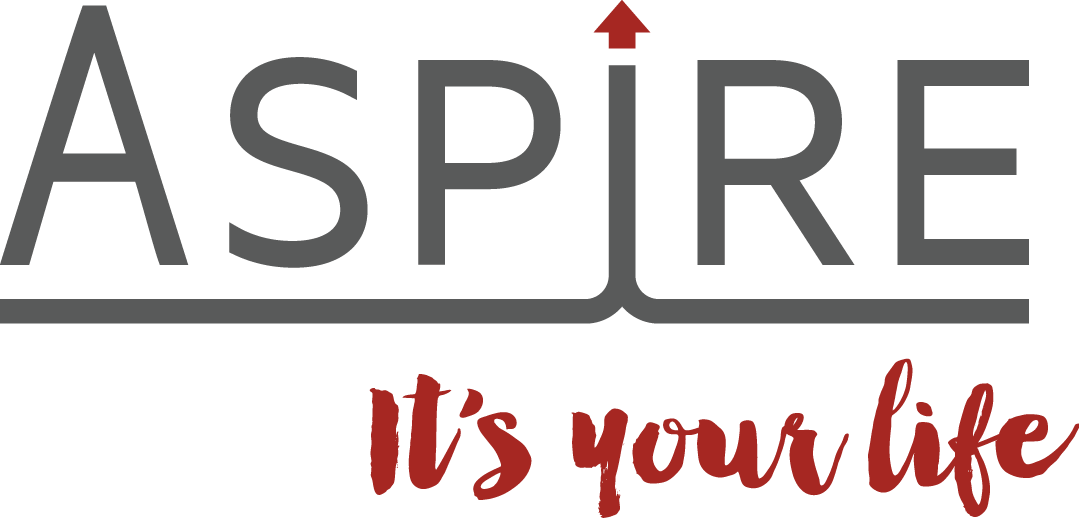Spark up your life and others by being a connector
We all know them. The people who seem to know everyone and effortlessly make connections within their network. While it’s wonderful to know a ‘connector’, we can also develop those qualities and become a connector ourselves.
Maxwell Gladwell coined the phrase in his book “The Tipping Point”, describing connectors as the social equivalent of a computer network hub, who "link us up with the world...people with a special gift for bringing the world together”.
Their network is extensive – they tend to be acquainted with over 100 people across many social, professional, and economic circles, and they actively introduce those who move in different circles.
The notion that a few influential people make the word go around is not new. In the 1960s, psychologist Stanley Milgram conducted “the small world” experiment, sending letters to 160 people in Nebraska with the details of a Boston stockbroker, instructing them to send the letter to someone who might get the letter one step closer to the stockbroker. Not only did most of the letters reach the stockbroker in six steps (rising to the six degrees of separation theory), just three people were responsible for half of the letters being successfully delivered. Those three, well-connected people would certainly be considered connectors.
Why is connection important?
The saying goes “no man is an island” and that’s never been truer. We live in a world that is growing ever more connected and isolation can be crippling. Our mental well-being and our physical health both benefit from being socially connected with others, while it can also help us achieve success in our endeavours.
Just think about the last time you achieved a significant goal – whether it’s a personal achievement or a business milestone and it’s likely that at some point you drew upon the help of someone else or others.
Ways to foster connections and benefit from them
So, for those of us who make not be so socially inclined, what can we learn from those among us who forge strong connections and are responsible for the spread of ideas and making things happen and how can this help us in our careers, businesses and in our personal lives?
Here are some tips that will help you to help others as well as make the most of any opportunities that come your way.
Networking is quite distinct to connecting
Whereas networking is often viewed as a means to an end, connecting is more altruistic - driven by a genuine interest in purposeful engagement to assist others. In your interactions, don’t just look to what is in it for you or even for mutual benefit - be the hub and actively seek out connections on behalf of others.
Foster quality connections over quantity
It’s easier to foster many connections, particularly via social media, but be conscious of the quality of those connections. To be able to purposefully connect with others in a way that offers real value, you need to engage with people. That takes time and genuine curiosity: ask questions, find out what makes them tick and then you can meaningfully assist them.
Being open to different things
One of the reasons connectors are so successful is they have contacts in diverse areas within many different communities, often through hobbies and interests. If you’d like to expand your network and horizons the first step might be to follow where your interests lead and explore your passions.
Get out of your comfort zone
To be a connector or get the benefit from connections you may have to move out of your comfort zone. That might mean putting yourself in a new environment, being willing to break the ice in a social situation or reach out when you don’t know what the response may be – and risk rejection or embarrassment.
Connectors are not all extroverts and they come from all walks of life. You don’t have to be anyone other than yourself and in fact being authentic in your interactions will stand you in good stead.
What steps are you going to take today to increase your connectability and benefit from the connectors you know?


